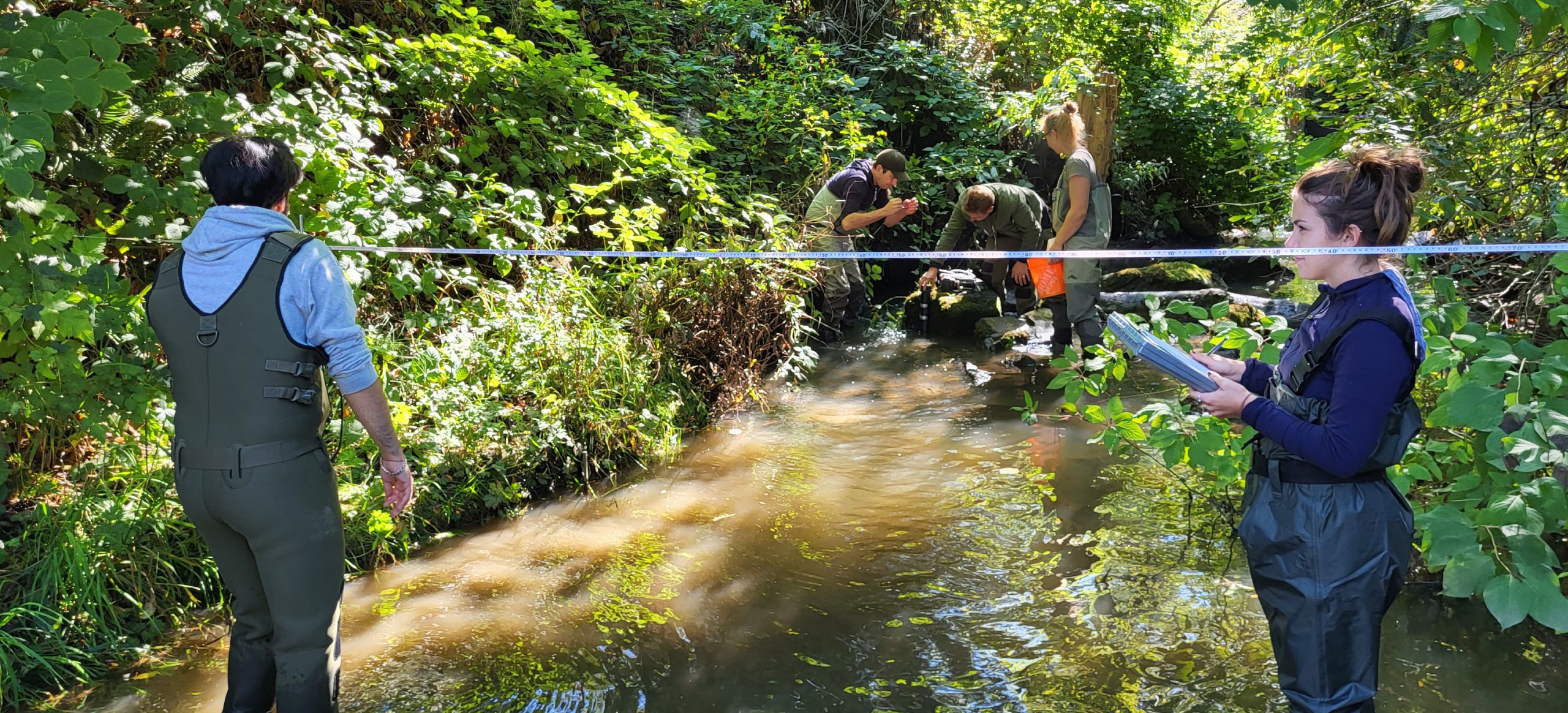Researchers call for urgent action on unregulated tire chemicals linked to fish deaths and potential human health risks
An international research team led by the University of British Columbia has proposed the first comprehensive global framework for regulating tire additives, linked to mass fish die-offs and detected in humans. These chemicals are a ubiquitous yet largely unregulated source of environmental contamination affecting ecosystems and human health worldwide.

Published in Environmental Science & Technology Letters on July 29 , the article outlines the Management Framework for Tire Additive Pollution, a proactive policy roadmap inspired in part by the successful Montreal Protocol, which helped reverse ozone layer damage. With the next round of global plastics treaty negotiations (INC-5.2) beginning August 5 in Geneva, the researchers say the time is now to put tire additives on the international regulatory agenda
“These chemicals are everywhere—urban streams, sediments, even Arctic environments—and they’re now showing up in people,” said Dr. Timothy Rodgers, lead researcher and postdoctoral fellow in the Scholes Lab at UBC Civil Engineering. “Yet tire additives haven’t received the regulatory attention that other pollutants like pesticides or industrial chemicals have. It’s a major blind spot.”
One such chemical, 6PPD-quinone, is formed when the tire preservative 6PPD reacts with ozone. It has been linked to mass die-offs of coho salmon and has been detected in human biomonitoring samples, including urine and cerebrospinal fluid. As tires wear down, they release particles and additives into the environment at massive scales—estimated at over one million tonnes annually in both the U.S. and EU.
A five-point action plan for safer, more transparent regulation
The proposed framework outlines five key action areas:
- A phased transition towards safe, non-hazardous tire additives
- Consideration of tire impacts throughout their life cycle
- Greater transparency on the chemicals used in tires and their properties
- Independent assessments on the hazards of tire additives and their replacements
- International coordination, potentially through the proposed Global Plastics Treaty
The paper also highlights how Indigenous communities, and vulnerable populations bear disproportionate exposure risks. For instance, the Tseshaht First Nation in British Columbia has witnessed dramatic salmon population declines potentially tied to road runoff on their lands.

“This is an issue of environmental justice and health,” added Dr. Rodgers. “Communities that depend on healthy ecosystems are already paying the price, and we don’t know the health effects for all the people being exposed.”
Setting the stage for global change
The research team, comprising researchers from 12 institutions across four countries, hopes the framework will inform policy decisions and regulatory approaches worldwide, providing a roadmap for addressing this overlooked environmental crisis before its impacts become irreversible.
“We have a chance to get ahead of this issue before it becomes even more entrenched,” said Dr. Rachel Scholes, an assistant professor at UBC Civil Engineering. “This framework gives regulators a clear path forward—and a critical opportunity to protect both ecological and human health on a global scale.”
